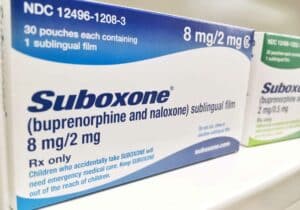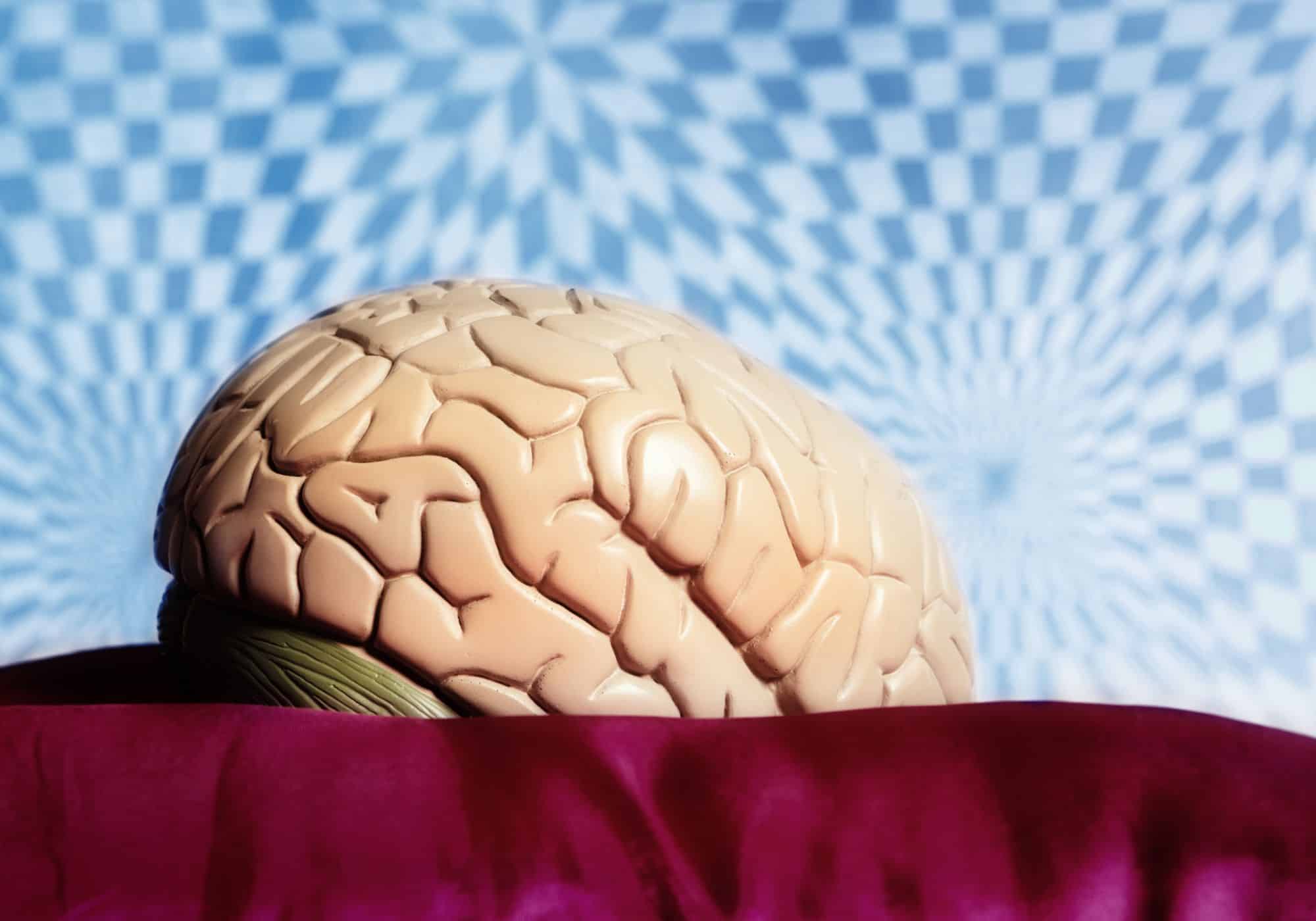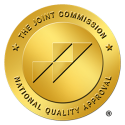LSD, a potent hallucinogenic drug, is renowned for its ability to alter perception and mental processes, leading to decreased brain function and slower cognitive abilities. Although not considered highly addictive, building a tolerance to LSD can heighten the risk of adverse physical outcomes and potentially fatal incidents.
Users may experience a wide range of initial effects, from visual distortions, such as trailing images behind moving objects, to unsettling hallucinations. Anxiety often emerges as a prominent indicator of LSD misuse, along with other symptoms indicative of abuse. The intensity and longevity of these effects vary based on multiple factors. For those grappling with LSD addiction in Chattanooga, TN, Iris Wellness Group offers specialized outpatient treatment programs aimed at addressing LSD addiction.
Often touted for its ‘consciousness-expanding’ qualities, LSD fundamentally alters the mind. Its main component, lysergic acid diethylamide, derives from a synthetic version of ergot fungus found on spoiled grains. Despite being colorless, odorless, and relatively inexpensive to produce and acquire, LSD misuse disrupts normal serotonin levels, leading to temporary cognitive impairment. Persistent psychological issues stand as a significant warning sign of LSD misuse.
What is LSD?
Lysergic Acid Diethylamide, commonly known as LSD, is a potent psychedelic drug known for its profound impact on users’ perceptions, emotions, and sensory experiences. It can induce intense emotional responses, alter thought patterns, and cause significant distortions in visual and other senses.
Classified as a Schedule I controlled substance, LSD is recognized for its high potential for misuse and is not officially approved for medical use due to the variability in its effects from person to person.
Despite its classification, some researchers and mental health professionals suggest that LSD holds potential for therapeutic benefits in treating conditions such as depression and anxiety. Nevertheless, its use can lead to significant, sometimes severe, physical and psychological consequences, highlighting the unpredictable nature of the drug’s impact on individuals.
Common Street Names for LSD
LSD is disguised under various aliases to evade legal restrictions. Recognizing these aliases can be critical in identifying LSD misuse. Among the frequently used street names are:
- Acid
- Battery Acid
- Blotter
- California Sunshine
- Cid
- Doses
- Dots
- L
- Looney Toons
- Lucy
- Lucy in the Sky with Diamonds
- Sugar Cubes
- Superman
- Tabs
- Window Pane
- Yellow Sunshine
Is LSD Addictive?
While LSD doesn’t induce addiction in the traditional sense, characterized by compulsive seeking and physical dependency, it’s not devoid of risks. Users don’t typically experience a physical yearning for LSD, but tolerance can develop swiftly. This means increasing doses are required to replicate the initial effects. LSD, scientifically referred to as lysergic acid diethylamide or “acid,” profoundly alters a user’s perception of reality, inducing vivid hallucinations lasting up to 12 hours.
Though LSD lacks physical addictiveness, its psychological grip can be strong. Individuals fond of the intense sensory and emotional experiences may seek repeated use. Furthermore, LSD users often indulge in multiple substances, with studies highlighting a common overlap with marijuana and alcohol consumption.
How LSD Abuse Begins
Addiction can manifest in physical, psychological, or combined forms. LSD, recognized for its potent hallucinogenic properties, does not lead to physical dependency. Nonetheless, it’s categorized under Schedule I by the Drug Enforcement Administration, indicating a lack of approved medical applications and a high risk for abuse.
LSD’s non-addictive nature means users typically don’t experience physical withdrawal symptoms such as those associated with other substances. Despite this, tolerance to LSD can develop rapidly, compelling users to consume larger doses to recapture the initial euphoric effects. This tolerance can extend to other hallucinogens like psilocybin (mushrooms), leading to a cross-tolerance effect.
The psychological allure of LSD stems from its ability to provide unique sensory experiences, pushing some individuals to seek out the drug for emotional escapism or thrill-seeking. This inclination can pave the way for experimentation with more potent substances, potentially resulting in harmful interactions or long-term psychological and physical damage.
What Does LSD Look Like?
LSD is available in multiple forms, with acid tablets being the most prevalent. Besides tablets, LSD can also be found in capsules and occasionally in liquid form. These acid tablets, sometimes referred to as Microdots, may feature distinctive, often whimsical imagery or come in plain white without any designs.
One of the dangers of LSD lies in its presentation, which can include playful, cartoonish designs on both tablets and blotter papers, appealing almost innocuously to a younger demographic. Blotter paper, another common vehicle for LSD, is sectioned into small, often decorated squares or “tabs,” each representing a single dose. These tabs, treated with liquid LSD, typically measure about a quarter inch each.
In its liquid state, LSD is clear and odorless, typically stored in small vials. Additionally, LSD might be presented as gelatin squares known as Window Panes or applied to sugar cubes, adding to the drug’s deceptive variety of forms.
Despite its generally clear and tasteless nature, LSD might carry a slight sourness, but it seldom tastes bitter. The street market for LSD is rife with counterfeits, making it challenging to distinguish genuine LSD from impostors. An Ehrlich test kit is sometimes employed to verify LSD’s authenticity, though this method can be fooled if fake substances are cunningly combined with serotonin pills to mimic LSD’s chemical makeup.
How Long Does LSD Stay In Your System?
The experience of using LSD can drastically differ from one individual to another, ranging from profound spiritual journeys to unsettling episodes filled with anxiety or fear. These diverse experiences extend to how long LSD remains detectable in one’s system, which can be influenced by a multitude of factors including the dose taken, the user’s age, body composition, and their tolerance levels.
Typically, the effects of LSD, often referred to as a “trip,” last between 6 to 12 hours. However, the specific duration is highly variable and depends on individual circumstances. The half-life of LSD, which is the time it takes for half of the drug to be metabolized and eliminated from the body, is estimated to be between approximately three to five hours. For more detailed information on how long LSD can stay in your system and factors influencing its metabolism, you’re welcome to explore our dedicated resources.
Side Effects of LSD
LSD can also lead to a spectrum of other effects on an individual’s health, including:
- Accelerated heart rate
- Elevated blood pressure
- Misbeliefs or delusions
- Dryness in the mouth
- Visual distortions and hallucinations
- Shaking or tremors
- Heightened anxiety
- Synesthesia, such as experiencing colors as sounds
- A feeling of being detached from oneself or reality
- Difficulty in judging distances
- Onset of panic episodes
- Recurrent, unexpected flashbacks
- Mood dips or depression
- Hallucinogen Persisting Perception Disorder (HPPD), where hallucinations or visual disturbances persist long after the drug’s effects should have worn off
These side effects underscore the unpredictable and potentially disruptive nature of LSD on both mental and physical health.
Dangers of LSD Use
Individuals who consume LSD might face unexpected flashbacks, experiencing spontaneous hallucinations and alterations in mood or perception, which can emerge suddenly, regardless of the time elapsed since the last dosage.
A rare, but significant condition linked to the use of hallucinogens, including LSD, is the hallucinogen persisting perception disorder (HPPD). HPPD can significantly interfere with a person’s sensory experiences and cognitive processes, persisting well beyond the period of drug influence and potentially hampering daily functionality. Moreover, LSD can trigger enduring psychosis, characterized by visual disturbances, paranoia, fluctuating moods, and disjointed thought processes. Individuals with a familial history of mental health disorders such as psychosis, bipolar disorder, or schizophrenia are advised to steer clear of LSD to mitigate these risks.
Signs Of LSD Addiction
While LSD doesn’t lead to physical addiction, repeated use can lead to tolerance, necessitating higher doses for the same effects. This increase in dosage elevates the risk of experiencing negative psychological reactions, including the dreaded “bad trip.”
An individual may be grappling with a hallucinogen use disorder if they exhibit behaviors such as:
- Consuming more LSD than planned or over longer durations.
- A persistent desire to cut down or control LSD use, without success.
- A significant amount of time spent in obtaining, using, or recovering from LSD.
- Experiencing strong cravings or urges to use LSD.
- Failing to meet obligations at work, home, or school due to LSD consumption.
- Persisting in LSD use despite its detrimental effects on personal relationships.
- Foregoing social, occupational, or recreational activities due to LSD use.
- Using LSD in situations where it poses significant risks.
- Continuing LSD use despite awareness of its harmful impact on one’s physical or mental health.
- Facing withdrawal symptoms when abstaining from LSD.
The severity of hallucinogen use disorder is gauged by the number of symptoms present: two to three symptoms suggest a mild disorder, four to five suggest a moderate disorder, and six or more point to a severe disorder.
Short-Term Symptoms of Acid Addiction
The immediate effects of LSD peak approximately four hours after ingestion and gradually lessen, usually disappearing entirely within 12 hours. However, individuals who have consumed a high dose may experience spontaneous recurrences of the drug’s effects, known as flashbacks, for up to a week later.
Immediate signs of LSD use can include:
- Rapid or irregular heartbeats
- Increased blood pressure
- Pupil dilation
- Excessive sweating or the presence of chills and goosebumps
- Gastrointestinal discomfort, including cramps and diarrhea
- A flushed face
- Feelings of dizziness and visual disturbances
These symptoms typically subside once the drug has been metabolized and eliminated from the body. Nonetheless, persistent or regular abuse of LSD can usher in more enduring consequences.
Long-Term Symptoms of LSD Abuse
While the acute effects of LSD can be short-lived, especially with casual use, the drug’s long-term impacts can be more concerning and harder to shake off. Users who frequently seek the altered states provided by LSD might find themselves grappling with depression during periods of sobriety.
Chronic LSD consumption may also precipitate sustained anxiety, paranoia, and confusion that linger well beyond the drug’s active period. Problems with short-term memory, erratic emotional responses, and uncharacteristic aggression have been reported. Moreover, some individuals might experience existential dread, including intense fear of death or the sensation of being trapped in a never-ending cycle of doom. These longer-term effects underscore the potential psychological risks associated with regular LSD usage.
How To Tell If You Or A Loved One Is Addicted To LSD
Understanding the signs of acid addiction is crucial, especially since it can lead to significant changes in behavior and brain function, making it harder for individuals to resist the urge to continue using the drug. While LSD itself may not lead to traditional physical addiction, developing a dependence characterized by an inability to control usage despite negative outcomes is possible. The medical community refers to this condition as hallucinogen use disorder, rather than labeling someone an “acid addict.”
Signs that you or someone close to you might be experiencing this disorder include:
- Consuming more LSD than intended.
- Struggling to control or reduce LSD usage.
- Allocating a significant amount of time to obtain, use, and recover from LSD effects.
- Experiencing strong cravings for LSD.
- Neglecting responsibilities at work, school, or home due to LSD consumption.
- Persisting in LSD use despite facing harmful consequences.
- Foregoing important social, occupational, or recreational activities.
- Using LSD in hazardous situations, such as while driving.
- Continuing LSD use despite it aggravating or causing health problems.
- Developing tolerance, necessitating higher doses for the same effects.
- Experiencing withdrawal symptoms upon cessation of use.
Hallucinogen use disorder is more commonly diagnosed in individuals under 30, but the potential for recovery is promising, with many individuals overcoming the disorder with appropriate support and treatment.
The Risk of LSD Overdose
LSD, with its active ingredient lysergic acid diethylamide, typically comes in doses ranging from 75 to 150 micrograms. Given the unregulated nature of LSD production, accurately gauging the hallucinogen content in any given sample is nearly impossible without specialized chemical analysis. Historically, during periods of heightened LSD use, doses reaching 200 micrograms were not unheard of. For perspective, an average aspirin dose contains 3,000 times more of its active component than a standard dose of LSD.
While LSD does not possess inherent physical toxicity and the likelihood of a fatal overdose is extremely low, the term “overdose” may apply when an individual ingests more LSD than planned, leading to the need for medical or psychological intervention. High doses of LSD have been associated with severe symptoms, including:
- Elevated body temperatures to dangerous levels
- Nausea and vomiting
- Abdominal discomfort and potential gastrointestinal bleeding
- Difficulty breathing
If you or someone close to you is exhibiting signs of LSD misuse, immediate action is crucial. Iris Wellness Group is ready to offer assistance, providing effective strategies to manage and mitigate the adverse effects of LSD misuse. Don’t allow the consequences of LSD misuse to derail your path—seek specialized support at an LSD treatment facility today by reaching out to Iris Wellness Group. Assistance is just a call or click away at 423-401-9630, helping you navigate away from the hazards of LSD and towards recovery.
LSD Abuse Treatment at Iris Wellness Group
At Iris Wellness Group, we recognize that while LSD may not cause physical addiction, individuals can develop a psychological dependency on its effects, leading to various negative outcomes. Although there are no specific medications to counteract LSD abuse directly, we offer a range of behavioral therapies, such as cognitive behavioral therapy (CBT). These therapies are effective in uncovering the underlying reasons for LSD use and equip individuals with new coping mechanisms to alter detrimental thought patterns and abstain from LSD use.
Our drug treatment center provides several outpatient treatment options tailored to fit different needs and lifestyles:
- Outpatient Detox: Combines the convenience of living at home with the effectiveness of regular treatment sessions, ideal for integrating recovery with your everyday life.
- Outpatient Rehab: This program is really flexible, designed to work around your daily schedule.
- Partial Hospitalization Program (PHP): It’s structured but you don’t have to stay overnight. It’s like getting intensive treatment during the day while you live at home.
- Intensive Outpatient Program (IOP): This one offers deeper, more focused care but still lets you keep up with your everyday responsibilities.
- Dual Diagnosis Treatment Program: This is specially for people who are dealing with both addiction and mental health issues at the same time.
Our LSD treatment programs incorporate a variety of interventions:
- Psychotherapy: This is all about tackling the mental and emotional factors that play a part in addiction by using CBT or DBT.
- Group Therapy: Here, you’ll get support and learn with others who are going through similar experiences.
- Individual Therapy: You’ll get one-on-one support that’s tailored just for you.
- Family Therapy: This helps fix and strengthen your relationships with family, which is super important.
- Holistic Therapies: These focus on improving your overall health – body, mind, and spirit.
- Aftercare: We’ll keep supporting you even after your treatment is over.
Embark on your journey towards recovery with the support of Iris Wellness Group. Our dedicated team is committed to guiding and assisting you every step of the way. To learn more or to begin treatment for acid addiction in Chattanooga, TN, please contact our admissions team at 423-564-6114.












